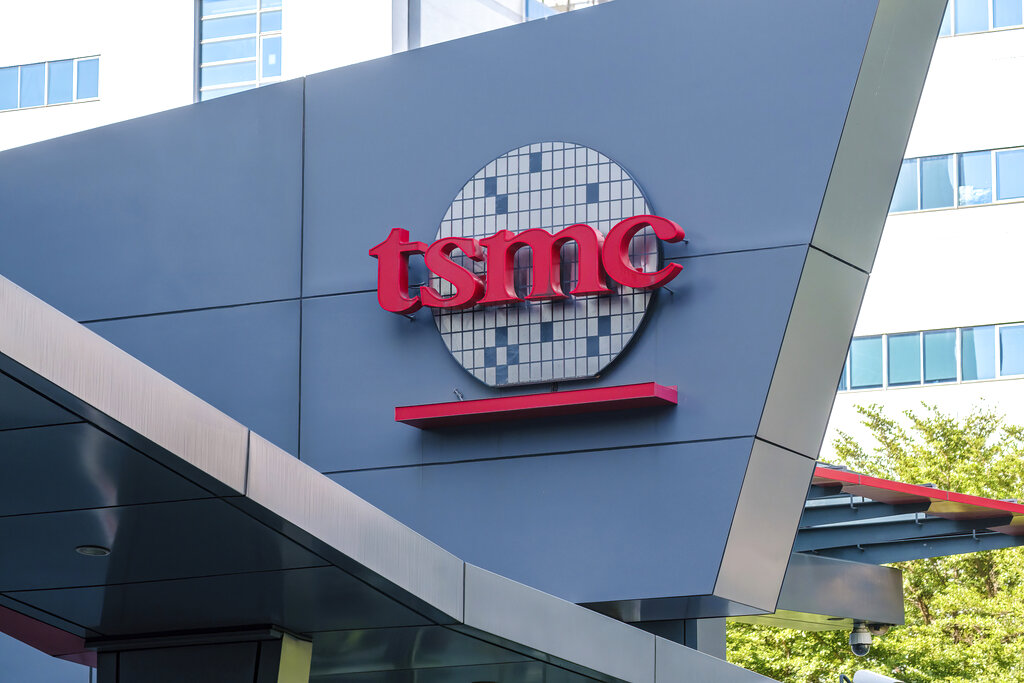
Taiwan’s stock market has been hit by a double whammy of a dimmer outlook for global consumer demand and recent political risk. The region, which had been an outperformer through the pandemic, has now slid into a technical bear market. Even as the Morningstar Taiwan Index rallied from its July lows, it has still posted a 20% year-to-date loss, compared to 25% returns in each of the past three years.
What has made Taiwanese markets weak in 2022? Does it make sense to invest in the chipmaking market leader? We have three points for you to consider.
Point 1: Softening Demand for Taiwan Exports
Export performance is the backbone of Taiwanese corporate earnings. The fervor for chip stocks was buoyed by a rising demand for stay-at-home equipment, like personal laptop and tablets, and that tide is now turning.
Despite this, Taiwan’s export volume remained quite sturdy as the July numbers were the second highest monthly figures in the island’s history. July posted a year-on-year growth of 14.2%, marking a growth for the 25th month straight. Electronic components, which include semiconductor exports, and account for 40% of total export volume, grew 15.6% in July and 26.3% so far in 2022. Integrated circuits still logged a growth that outpaced the broader market, but the momentum has softened on a month-on-month basis. Memory chips, or D-RAMs, saw a spike in demand in May and June and have grown 47% since the beginning of 2022.
Even export performance is robust, worries continue to loom. Phelix Lee, equity analyst at Morningstar, estimates that an oversupply in the semiconductor value chain may arrive in 2024.
“Based on the information we have, most of the major chipmakers have already announced big spending budgets for 2022 to expand their capacity. A lot of these announcements signal that such new capacity will become operational from the second half of 2023 onwards.”
Though domestic factors play a relatively small part in the overall economy, in the wake of the COVID outbreak from April this year, poor local consumer sentiment is set to drag the island’s economic growth in 2022. With its borders firmly shut to international travelers, the administration has had to adjust downward its GDP growth projection to 3.9% from its 4.4% projection in February.
Additionally, the market fears that a recession in the U.S. would trigger a steep contraction in consumer demand for electronic products, thus increasing pain for chipmakers in Taiwan and elsewhere.
Point 2: Foreign Investors Exit the Region
Another external factor that decides Taiwan’s stock market direction is foreign capital flows. Foreign investors own around 44% of outstanding shares in Taiwan-listed semiconductor names.
As monetary policies tighten, foreign investors have been cashing out their Taiwan equity positions in times of market turbulence. Taiwan’s central bank has also made its first rate increase since 2011, putting rates at 1.5%. The market has sold down shares to readjust expectations. Plus, the valuation multiples applied to Taiwanese stocks now factor in a tighter money supply both domestically and globally. Foreign capital outflows totaled US$ 5.09 billion in July alone, putting total outflows to US$ 11.2 billion year to date. This is compared to the full-year net inflows of US$21.1 billion in 2021.
Point 3: Political Tensions in the Taiwan Strait
Following U.S. politician Nancy Pelosi’s visit to the island, Taiwan’s chip stocks have traded lower, especially compared with their mainland counterparts. While the mainland chip supply chain lags the advanced nodes of Taiwan’s, Lee says the market moves reflect a risk hedging practice among investors.
“We think the opposite direction in terms of a stock movement is mainly because of some of the risk management measures taken by investors in order to hedge the geopolitical risk regarding Taiwan, because once or if a military incursion occurs in Taiwan, then it is very likely that Taiwan chip production would be disrupted which would prompt orders to be switched to China,” explains Lee.
Is Now the Time to Buy Chip-Makers?
At the current level of valuation, the oversupply concerns are somewhat priced in. Lee says it’s also critical to differentiate the companies with cutting-edge technology from the rest, as a slowdown in export and an oversupply would most likely impact the more crowded side of the market.
“On the cutting-edge products, Taiwan Semiconductor Manufacturing Co. (TSM) and South Korea’s Samsung Electronics (SSNLF) are working closely with their customers to minimize the likelihood of an oversupply,” says Lee, who suggests investors to stick with names that lead with a premium pricing and a premium product strategy compared to its peers. That would present a downside protection through the downcycle.
In the more mature products, which Lee describes as “more commoditized”, an oversupply will appear once such new capacity invested over the year become available in 2024 and beyond.
Chip makers’ value will take time to restore. Lee adds that investors should not overlook the secular demand that will support future chip demand. As we move past the smartphone boom, a new generation of tech is behind the next chip cycle. For example, electric vehicles and smart home devices are two major areas that our analysts see an increased number of chips packed into those devices.
Here are the currently Taiwan semiconductor and technology hardware stocks under our coverage, that also come with an economic moat.











.png)





.jpg)





